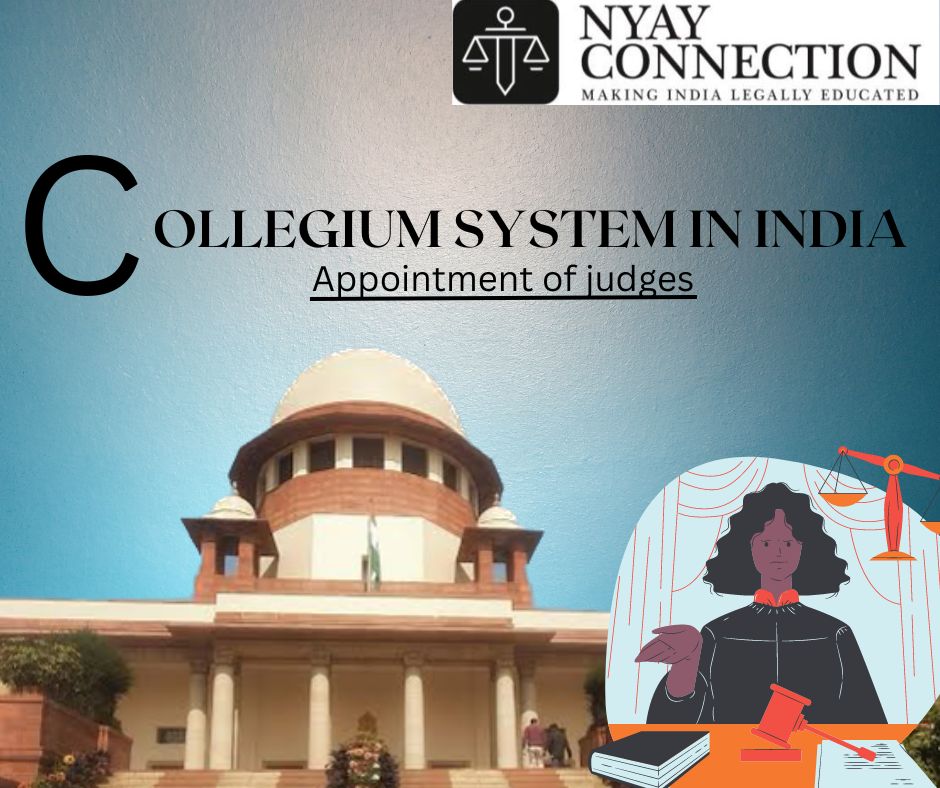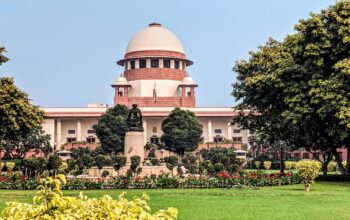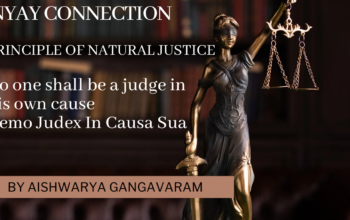COLLEGIUM SYSTEM IN INDIA: HISTORY ALONG WITH THE CURRENT SCENARIO
The word ” collegium” is nowhere mentioned in the Indian constitution. The origin of this system has evolved over a long legal and judicial process. The judicial system of India has a long history and it was derived from the Dharmasastras, Manusmrities and Arthashastra which spread across SouthEast Asia. Over a period of time, expeditions and conquest of different empires ,India was a part that followed customary laws and religious charters but with the rise of the British Empire there was a break in traditions. Hindu and islamic laws were abolished and a British common law was introduced, which resulted in the present judicial institutions and system in India.
HIERARCHY OF JUDICIAL INSTITUTIONS –
In India judicial institutions are established at three different levels –
1.District level( District and Session courts)
2.State level(High Courts)
3.The Apex court (The Supreme Court)
All these courts are headed by the “Judges” , the authority at each level responsible for administering justice to the common people and making guidelines for the law of land.
ORIGIN OF COLLEGIUM SYSTEM
After independence India adopted its own constitution in 1950 and up to 1973 the President of India appointed the Judge of The Supreme court known as ” Chief Justice of India – CJI) and remaining judges in consultation with the CJI. Until 1973 there existed a consensus between the government and judiciary , a convention was formed where the senior most judge of SC was to be appointed CJI but in 1973 Justice A.N. Ray was appointed the CJI by surpassing three senior judges and again this repeated in 1977 followed by political interference which resulted in clashes between executive and judiciary.
After which different petitions were filed in SC popularly known as “Three Judges Cases” and the SC interpreted the meaning of word consultation in accordance with article 124,127and 222 of Indian constitution and said ” consultation would include a collegium (group) of 4 senior most judges of SC who will appoint the Judges” of SC and High Courts ” and this system of appointment of judges is known as “collegium system” started in 1993. In simple words the Collegium system in India can also be called “Judges- selecting- Judges”, is the system by which the judges are appointed and transferred only by the judges.
NATIONAL JUDICIAL COMMISSION ACT
Since the introduction of the collegium system it has been questioned again and again for its non-transparency, nepotism and favouritism.This system does not provide any guidelines in selecting the candidates for the judge position of the Supreme Court. Due to this Collegium system there has been a tussle and battle between judiciary and the government. The 99th constitutional amendment act ,2014 led to the formation of National Judicial Commission Act (NJAC) to replace the collegium system for the appointment of judges. NJAC would recommend names of Supreme Court Judge and Appointment and Transfer of High Court Judge also NJAC will comprise of-
1.The Chief Justice of India
2.Two senior-most judges of the Supreme Court
3.The Law Minister of India
4.Two eminent members that are chosen by the Selection Committee
but SC in 2015 quashed this committee and 99th constitutional amendment act declaring them unconstitutional. The Bar Council of India held the Rule Of Law Convention 2018 on Judicial Reforms after the quashing of NJAC with its objective-
1. Judicial appointments should not get delayed or postponed due to non- finalisation of the Judges
2.A well resourced independent secretariat for judicial appointments and a database of eligible candidates be created.
3.Both the Judiciary and the Executive should work together in a spirit of collaboration to ensure speedy filling up of vacancies by keeping the national and public interest in mind.

CURRENT SCENARIO
Presently, Collegium System is facing a lot of criticism not only from the government but also from civil society due to its lack of transparency and accountability. Again on November 4,Mr Kiren Rijiju(union minister of law) criticised the collegium system, saying it is “opaque, not accountable and non-transparent” selection mechanism.Vice President Jagdeep Dhankhar on December 7, said the Supreme Court’s 2015 judgement striking down the National Judicial Appointments Commission (NJAC) Act was a “glaring instance” of “severe compromise” of parliamentary sovereignty and disregard of the “mandate of the people”. In response to these remarks, the top court asserted that it is the “final arbiter” of the law under the Constitutional scheme and as the law stands, the government will “have to appoint” all names reiterated by its Collegium. A three-judge bench, presided by Justice S K Kaul, also asked Attorney General R Venkataramani to advise Union ministers who are criticising the Collegium system to control themselves. Meanwhile, the collegium on December 13 sent a fresh set of recommendations of five names for the Supreme Court judges, but the tug of war between the executive and the judiciary appears to be far from over. It has been weeks and the appointment of the new Supreme Court judges are yet to come through. Several old recommendations, including the one to appoint an openly gay senior advocate as a high court judge, remain in limbo too.The Union Law Ministry has presently been preparing a draft bill for establishing two Judicial Commissions in India, one for dealing with the appointment of judges of the Supreme Court and another for the appointment of Judges of the High Courts. On the other hand, a writ petition challenging the legality of the establishment of Collegium of judges. These suggestions are pending before the Supreme Court of India for decision.
CONCLUSION
The different mechanisms for judicial appointment may have some advantages and disadvantages and therefore, no particular system can be treated as the best system. But, in order to ensure public faith in the appointment system and to ensure judicial independence the government and judiciary should find an effective mechanism for judicial appointment. In addition, it should be ensured that the mechanism is transparent and open to public scrutiny. In this regard the composition and working system of the South African Judicial Service Commission may be an acceptable model. Such a mechanism may be very effective to ensure the appointment of the best-qualified people to judicial office. The future will hold answers to what this war between government and judiciary has for its common people. Will their belief remain unshattered or again it’s a loss of commons.
This article has been written by Chirag Godhar. Chirag is a legal associate working in Delhi and can be reached at 7417407484 for feeback relating to the article.
We invite law students and professionals to write for the website and contribute to serve information to the general public about creating awareness about law. Feel free to send us your draft at nyayconnection@gmail.com or whatsapp at 9991189110.




